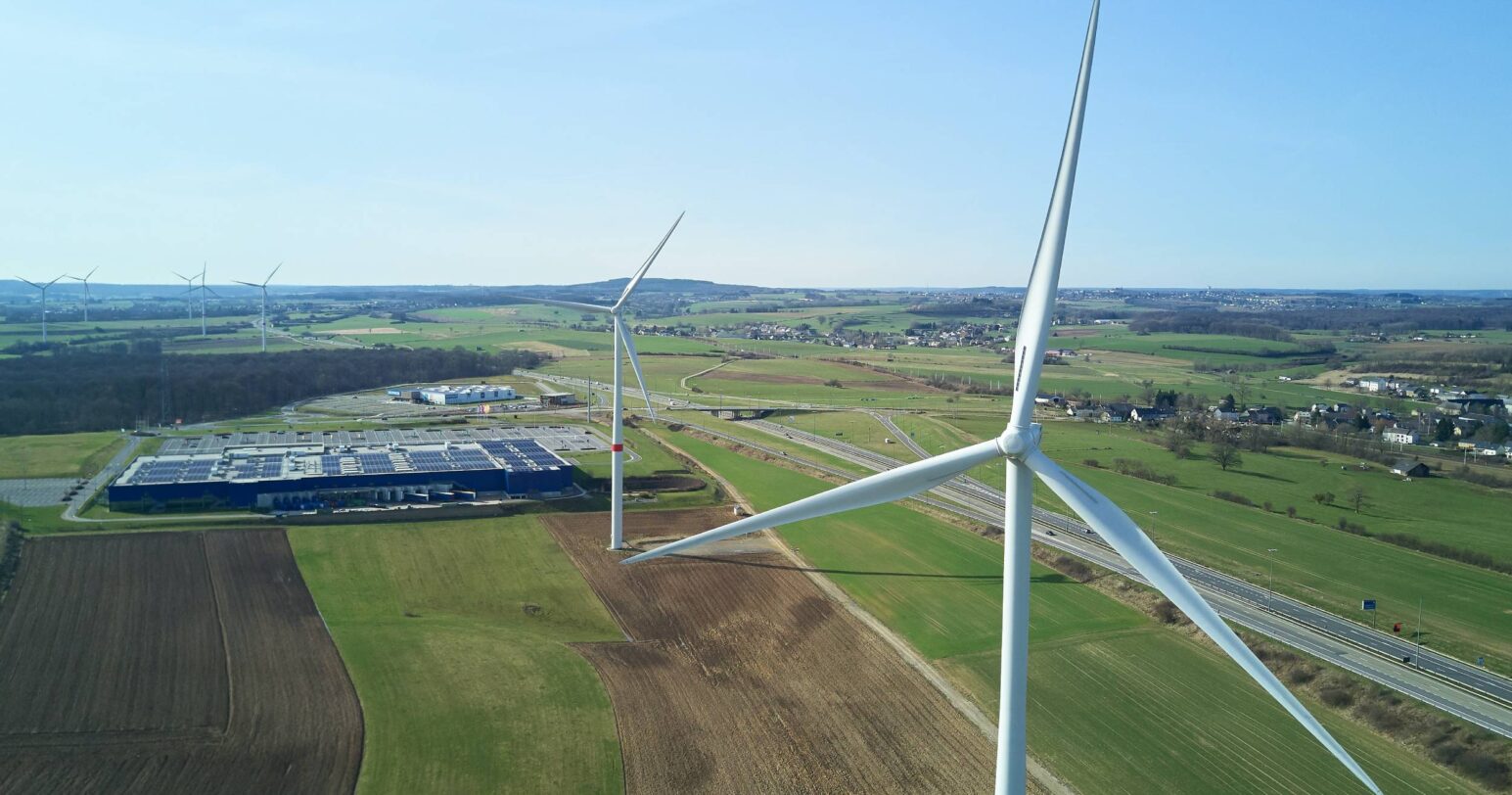

More than 230 million homes, mostly in Africa and South Asia, will receive electricity for the first time ever between now and 2030. Copper and silicon will be the enabling commodities in this endeavor, not the coal and oil that helped bring power to the first six billion consumers globally.
Transmission and distribution networks will draw most energy access investments
The effort will require some $162 billion in capital investments, according to BloombergNEF estimates. Improvements to the electrical grid will account for more than half of the investment to boost electricity access in developing countries (Figure 1). A large proportion of those without electricity, particularly in Africa, are located fairly close to existing infrastructure, sometimes almost under existing transmission and distribution lines. Some 161 million city dwellers were not served by electrical utilities in 2016. Reaching those often requires very short extensions to the grid, or even just formalizing pirated connections.
Figure 1 : Projected electricity access investments 2018 – 30

Expanding the grid is much harder in remote areas, where an agrarian population is often highly dispersed. There, a new connection can cost hundreds of dollars per household, and in extremely difficult areas such as the Peruvian Andes even more than $2,000. Making these costly connections financially viable would require hefty margins on the power sold. The problem is that most households in remote areas are poor and consume tiny amounts of electricity. BNEF estimates that a set of typical basic appliances such as lights, fans, a refrigerator, a TV and phone chargers would consume only between 72 -783kWh per household annually, depending on the appliance mix. The utility bill for such low consumption would amount to just a few dollars per year, far too little to pay back the investment in the distribution grid.
With ever more energy-efficient appliances, from LED lights to fans and refrigerators, that power consumption could end up being even lower unless rural areas see a sudden and unexpected level of economic growth. BNEF estimates that serving the entire population currently disconnected from the grid for a year would only require 111 terawatt hours, about as much as the annual electricity consumption of the Netherlands. Assuming that most rural households are not able to afford relatively costly and power-hungry appliances such as refrigerators, that figure drops to just 31 terawatt hours, roughly the same as Ireland’s annual power demand. Unlike in those small countries, this demand is distributed over vast regions of Africa, South Asia and archipelagos in the Pacific.
Figure 2 : The energy needs of one billion people without electricity access compared with countries

This combination of limited power demand and large geographic distribution puts large coal power plants at a disadvantage relative to technologies such as solar, battery storage and diesel generators, which can be installed in smaller units closer to where the energy is needed.
Microgrids and solar home systems beat centralized power plants on distribution costs
Small-scale solar installations bundled with batteries are a more expensive way to generate electricity than large, centralized power plants. But in order to reach far-flung areas, the cost of generation and distribution has to be considered together. Adding the amortization cost of a grid extension over twenty years can double the retail tariffs that developing country utilities charge clients, bringing the total up to $1/kWh. Microgrids and solar home systems bundled with super-efficient appliances optimized for use with a solar modules can compete at those rates (Figure 3). Together, we project these solar-centered approaches will start to bring power to more households than the grid from the middle of the 2020s, reaching a total of 106 million homes by 2030. Managing and maintaining such distributed systems will require digital technologies to remotely monitor payments and diagnose malfunctions.
Figure 3: Cost of delivered energy for low income consumers (207kWh per year) and cost of delivered energy for medium income consumers (985kWh per year)

Note: low-income customers are assumed to use 207kWh per year or a 10-35W solar home system. Medium income refers to a consumption of 985kWh/year and a 200W solar home system. The microgrid with daytime load produces additional electricity for non-residential activities.
Barely any new power plants are needed to reach everyone
The existing power generation capacity even in many developing countries would not need to be radically expanded even if the connected population multiplies. Most of today’s power demand in those nations comes from industry and wealthier urbanites. Generating the 38 terawatt hours per year that we project will be needed to serve the 133 million homes that will be connected to the main grid by 2030 would require just about 5-6GW of new coal-fired power plants. That is just a handful of power plants.
Boosting energy access is a distribution problem, not a generation problem
The limited need for new power plants highlights that boosting energy access is really about reaching new populations, not building new power plants. Countries that have rapidly improved their electrification rates in recent years, such as Kenya and Rwanda, have done so by promoting off-grid solar programs or new utility connections, not new power plants. The latter will undoubtedly be required to boost the local industrial base. But the economics of reaching the poorest favor small energy resources that can be installed close to where they are needed.





